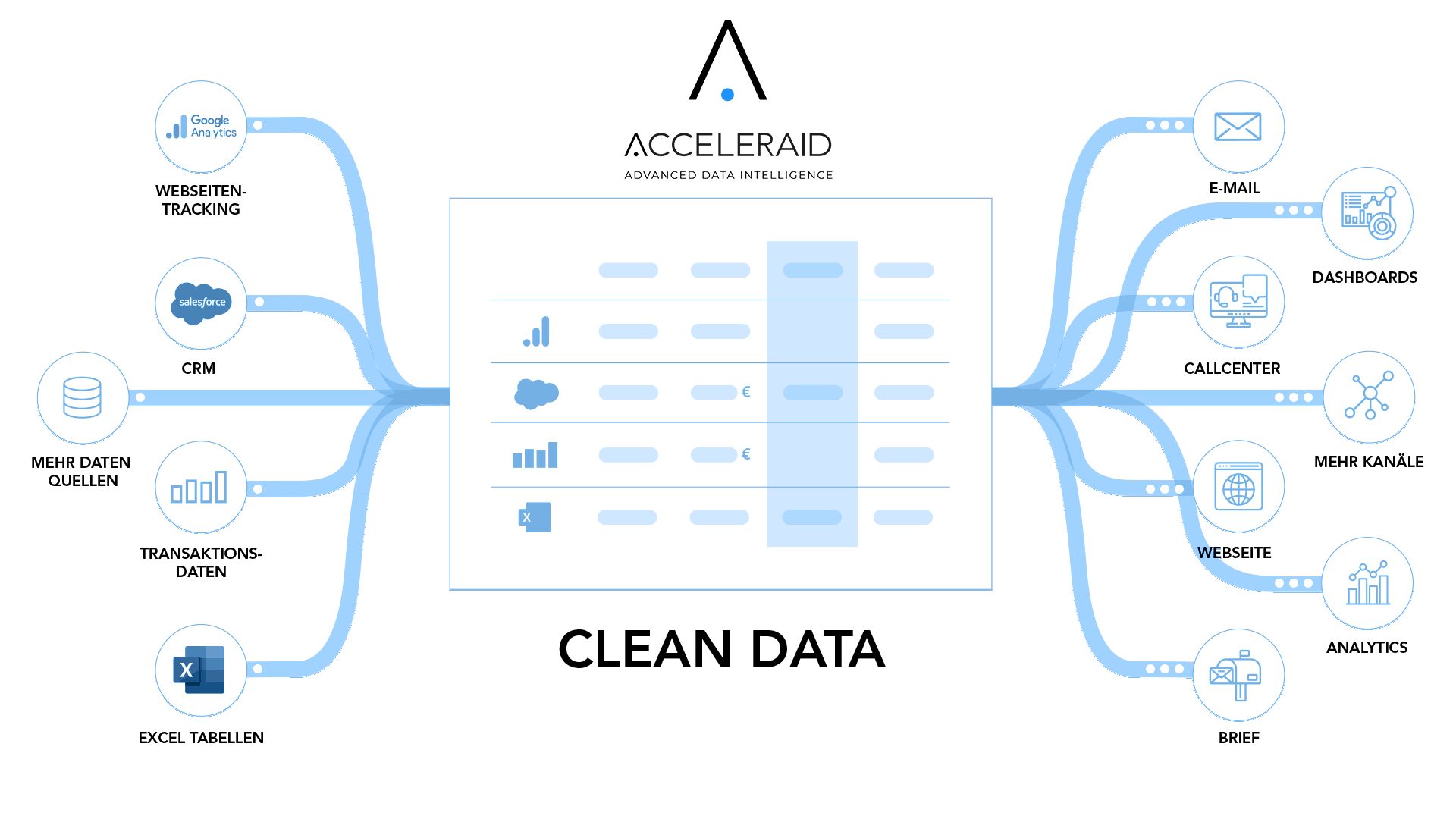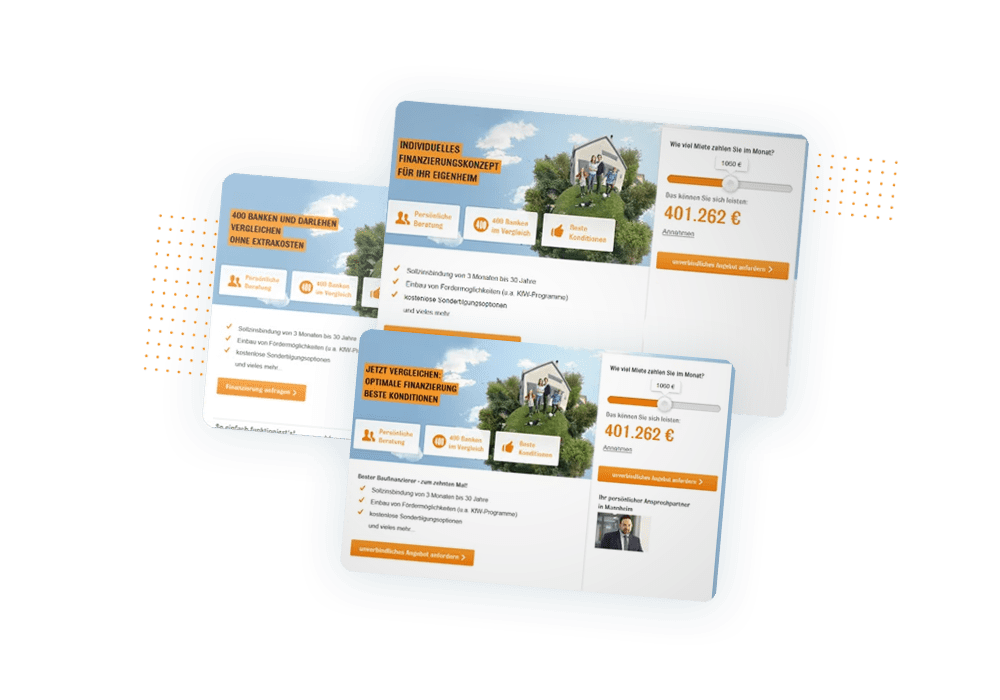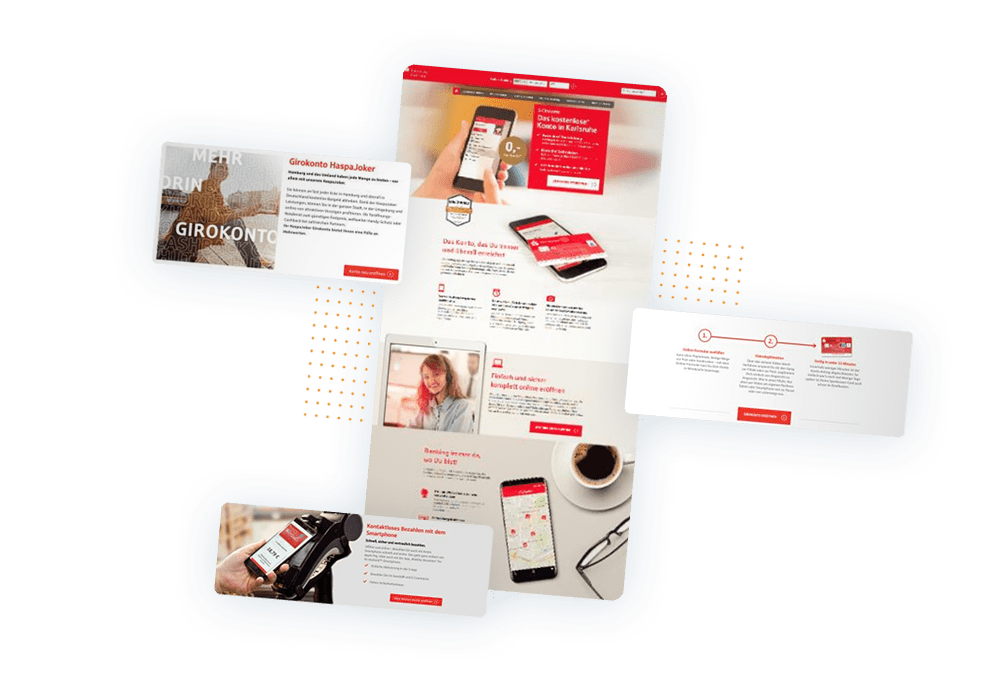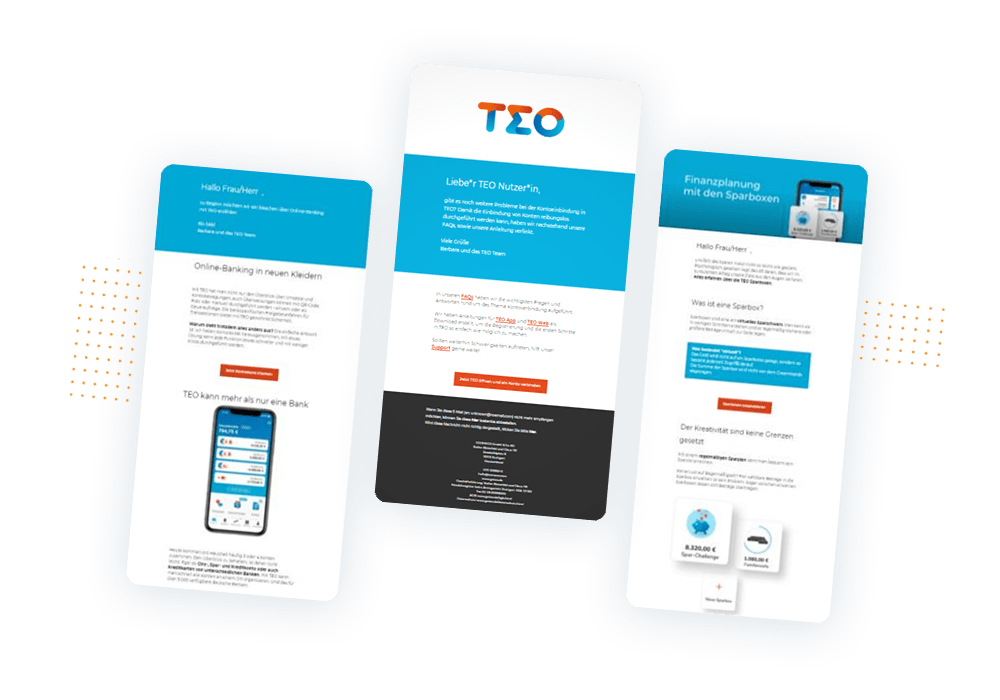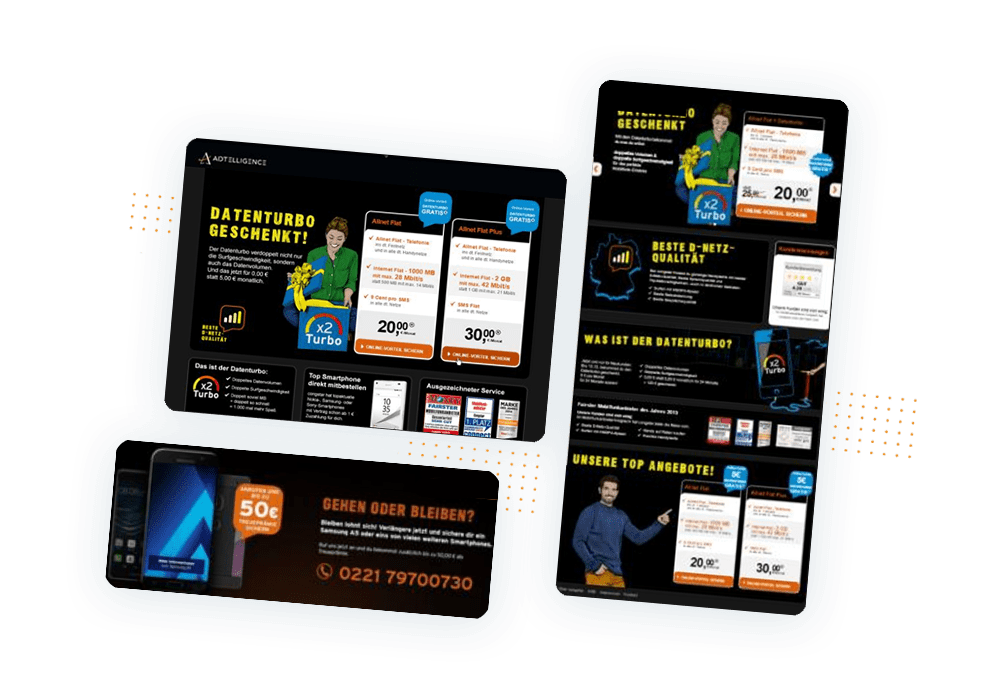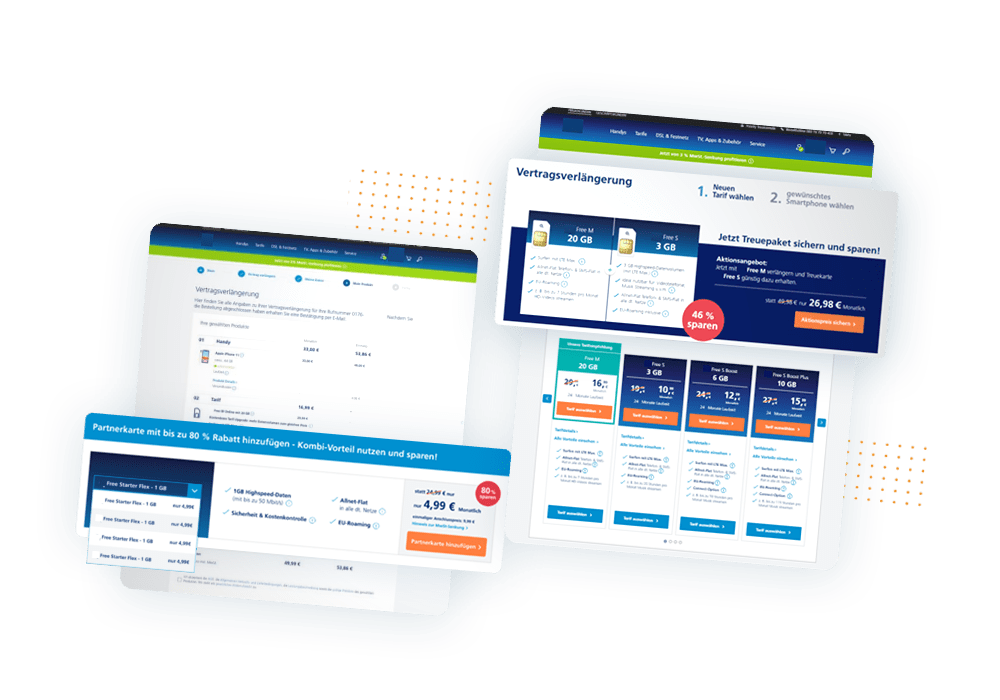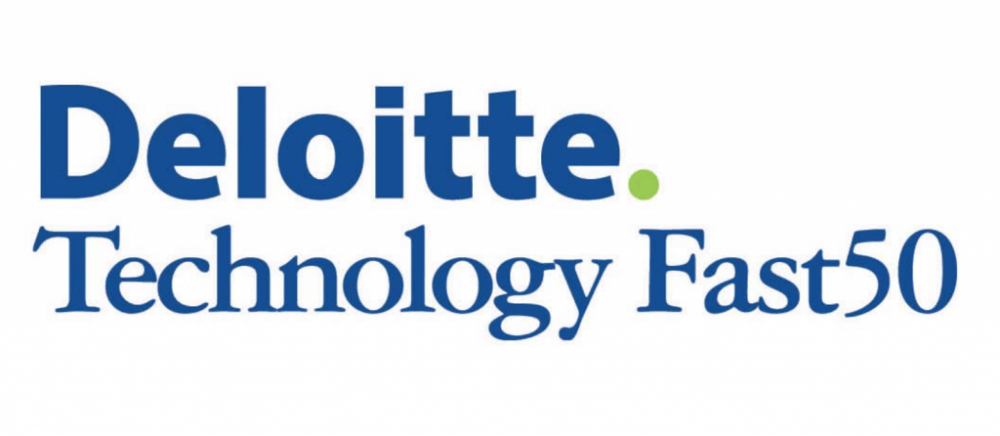Unsere Produkte:
Alles, was man für den digitalen Vertrieb und Marketing mit AI braucht.
ACCELERAID hat alles, was Sie brauchen, um Ihre Kundendaten optimal zu nutzen. Schalten Sie den AI-Accelerator einfach dazu. First Party Daten einfach hochladen, Zielgruppen segmentieren und personalisiert ansprechen.

Unsere Referenzen
„Acceleraid ist ein Partner, der uns durch hohes Fachwissen und hohe Umsetzungsgeschwindigkeit überzeugt, so dass wir sowohl in der Neukundenakquise als auch im Bestandskundenbereich durch die KI-gestützte Optimierungslösungen neue Wachstumspotenziale erschließen und Prozesse automatisieren konnten. Die Zusammenarbeit ist geprägt durch eine sehr kurze Time-to-Value, die ersten Personalisierungen entlang des Customer Lifecycles waren nach 4 Wochen live.“

Dr. Thomas Christen Head of B2C Growth & Marketing
“Mit Acceleraid steigern wir seit 2013 deutlich die Effizienz unserer Online Marketing-Maßnahmen im Kreditkarten Bereich und erzielen über 25% höhere Conversion Rates durch die Optimierung mit künstlicher Intelligenz.“

Sinisa Preradovic Head Digital Marketing | Senior Director
“Mit Acceleraid können wir Kampagnen sofort out-of-the-box durchführen und die Konvertierung von Neu- und Bestandskunden automatisieren. Wir sparen die gesamte manuelle Arbeit und unser Team kann sich nun auf das Erstellen von Business Cases konzentrieren. Die Software führt die Kampagnen durch und lernt automatisch, was funktioniert und was nicht.”
Anna Raedler Hanseatic Bank
"Mit der Adtelligence-Software können wir flexibel die Inhalte der Landingpages für unsere Produkte personalisieren und so die User Experience verbessern. Dies führt nachhaltig zu einer höheren Conversion Rate und Umsatzsteigerung."

David Mitijuk S Broker AG & Co. KG
"Mit Acceleraid konnten wir innerhalb kürzester Zeit einen signifikanten und nachhaltigen Uplift von 20% generieren (Zahnzusatzversicherung 2015).”
Martin Ingignoli Barmenia Versicherungen
“State-of-the-art Personalisierung durch Nutzung von Algorithmen, flexible und schnelle Projektumsetzung und eine fachlich tolle Beratung zu E-Commerce-Themen. Ich fühle mich bei Acceleraid rundum super betreut.”

Christoffer Sinn Marketing Manager
“Die Acceleraid Technologie ist für uns eine optimale Lösung, um unsere Kreativ- und Performanceleistung automatisiert auszuspielen und die Conversion Rates weiter zu steigern.”

Bernd Stieber Geschäftsführer netzeffekt GmbH (JvM Gruppe)
Unsere Erfolgsgeschichten
Automatisierung und Personalisierung der Kundenansprache entlang des Kundenlebenszyklus
Akquise
Onboarding
Aktivierung & Incentivierung
Cross & Up-Sell
Kundenbindung
Einfache Integration in jedes IT-System
Schließen Sie die Lücke zwischen Ihren (Kunden-) Datensystemen und der Marketing Automation, um Personalisierung und Next-Best-Action auf allen Kanälen zu orchestrieren.
